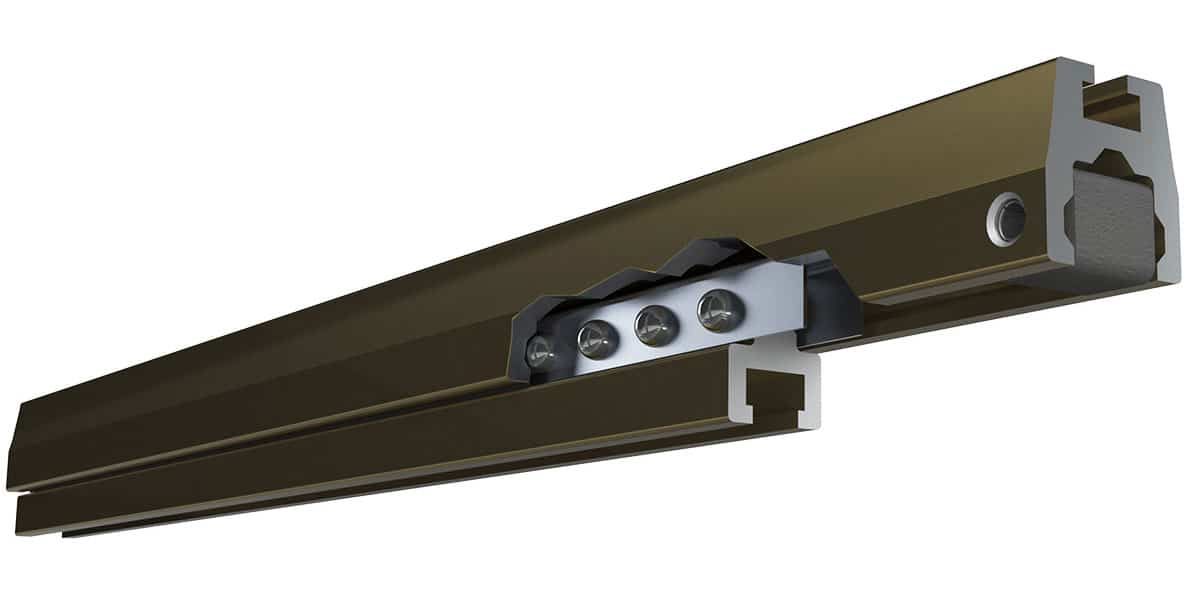The recognised Australian leader in sliding track systems since 1932
Our Design – Fitzroy® Sliding Door Tracks

Here’s how Fitzroy® Sliding Door Tracks work:
Outer
Section
Manufactured from hard alloy aluminium, extruded to exacting tolerances and or machined steel to ensure the size and shape of the internal ball grooves.
The section is usually made to the combined length of the door width and door travel. Track fixing bolts fit into the top extruded groove at easily adjustable centres
Ball Retaining
Cage
Light gauge steel channel designed to space and retain ball bearings.
The cage extends over two thirds of the outer section length. It does not share any load other than the weight of the steel ball bearings
Inner Section
(Carrier Bar)
Manufactured from hard alloy aluminium, extruded to exacting tolerances and or machined steel to ensure the size and shape of the internal ball grooves.
This section is usually less in length than the door width. Therefore, door width is spread evenly over many steel balls at one time, greatly reducing the pressure required to slide the door
University Tested
Intensive repetitious tests were carried out on a typical section of FITZROY TRACK by the Melbourne University Mechanical Engineering Department.
Track was put in continuous operation for 258 hours which meant the door on the track opened and closed fully 130,000 times and travelled approximately 160kms.
Test results were impressive.
Cage Wear – No evidence of wear appeared on either surface profiles or cage tongues after testing
Ball Wear – Precision measuring found no change in ball diameter
Track Wear – So minute was the track wear after testing it could be regarded as negligible “less than .0005”
Conclusion:
From these exhaustive tests the wear rate calculated was so low it was impossible to estimate the life of the track

Lyon House Museum, Lyons Architecture.
Artworks: (left) Head by Janenne Eaton (1990); (right) Shimmer by Louise Forthun (1999)



